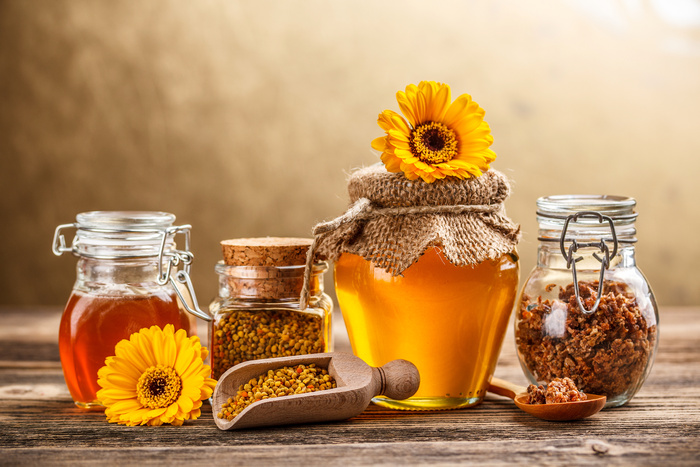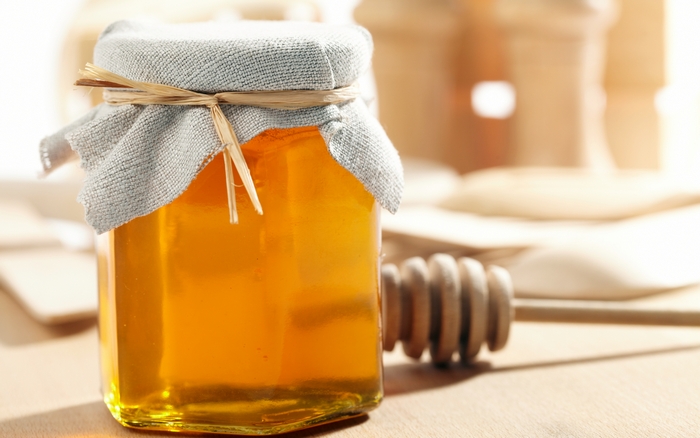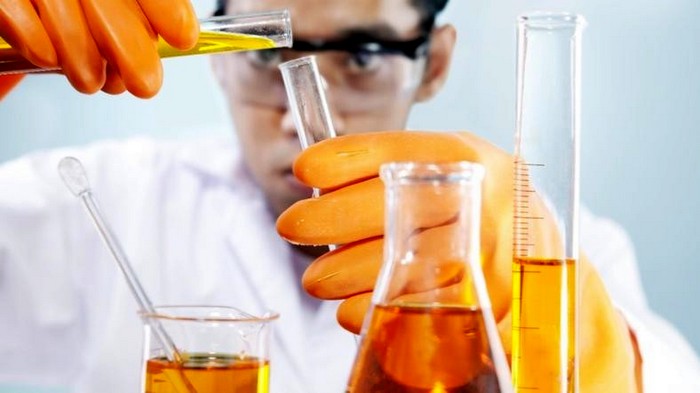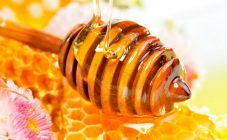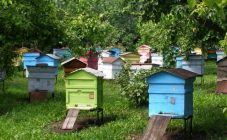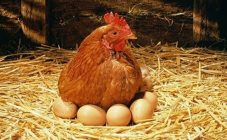Content:
Honey is a real treasure for the whole body. It contains a huge amount of useful vitamins, minerals and trace elements that have a positive effect on human health. In addition, this product is also a delicious treat. With its help, you can prepare some dishes, as well as cosmetics that will help not only prevent the development of diseases, but also get rid of many ailments.
Today on the market there is a huge selection of honey, which differs not only in taste, but also in appearance. Of the whole variety, the following varieties can be distinguished:
- Polyfloral - produced by bees from nectar collected from several plant species.
- Monofloral - this product is collected by bees from the flowers of one plant species.
- Maisky - this product is obtained after the first pitching.
- Honeydew - of vegetable origin, obtained from the honeydew of maple, linden, hazel or fir, as well as from the sweet secretions of some insects.
Now there are more cases of sellers trying to sell an unnatural product that can be pumped out ahead of schedule, and also diluted with water or starch. To hide these shortcomings, many even melt it on purpose, thereby giving it a more presentable look.
All of the above tricks lead to the fact that honey loses its beneficial properties, and when heated, harmful substances are formed in the product. In order not to purchase a low-quality product, you must know how to determine the authenticity of honey.
How to determine authenticity
Taste
Every home check begins with an assessment of its taste. A natural product should have a pleasant and at the same time tart taste, giving off herbal or floral notes. The aftertaste should be slightly pungent and tingly, and there should be no particulate matter or sediment on the tongue. If there is a light shade of caramel, then this indicates that the product is warm, and the sugary sweetness indicates an admixture of sugar.
Color and shade
Depending on the variety, the shade of honey can differ significantly, but there is a certain rule that is the same for any type. If it is cloudy, then this indicates that there are impurities in its composition. When dark spots appear, it means that the honey has been heated, maybe even more than once. Fresh and high quality honey should not have any sediment.
When choosing, one should also build on the external features that are inherent in each species:
- Lime - is considered one of the most useful products that helps to get rid of colds and has a light amber hue, can be transparent, and also yellowish.
- Lugovoi - when fresh it has only light shades.
- Buckwheat - predominantly dark yellow and dark brown tint.
- Acacia - almost transparent, becomes white when candied.
- Forest - predominantly light yellow and light brown.
- Crimson - since honey took a shade from flowers, it is extremely light tones.
- Clover - differs in amber color with shades from light to saturated.
Consistency and viscosity
Natural honey has a viscous consistency, so it should not flow over the jar too quickly, as this is a sign that it is melted or diluted.The consistency of natural honey, if freshly pumped, should be thick and flow in long threads that fold into a hill.
Scent
Natural honey should have a fragrant pleasant aroma. Depending on the variety, the aroma is unique, but in no case should it have sour shades and fermentation smell. Even if the honey is very beautiful in color, but smells unpleasant, then it is spoiled. It is best to purchase it, depending on individual preferences regarding the aroma.
Methods for determining naturalness
There are many ways to identify falsified honey. The most common is the microscope method. With its help, you can quickly determine whether the product contains additives such as sugar, yeast and others. The essence of the method lies in the fact that the product is applied in a thin layer on glass, and the image is enlarged with the help of a microscope.
Before you buy a product, you need to know how to choose honey quality, methods of determining the authenticity and all its nuances. If it is mature, then its authenticity can be determined in the following ways:
- By viscosity - the determination must be carried out at a temperature of about 20 degrees. This is due to the fact that at low temperatures the viscosity of the product increases, and at high temperatures, on the contrary, decreases.
- By weight - the essence of the method lies in the fact that the more water in the product, the lighter it is. One liter of mature honey weighs at least 1.4 kg.
You can determine the falsification of honey in the folk way using a test on blotting paper. To do this, a layer of honey is applied to the paper, and a line is drawn along it with a chemical pencil. If honey does not contain impurities, then there will be no trace of the pencil.
You can check honey for impurities with distilled water. To do this, pour the product into a transparent jar and add distilled water to it, in which the honey will dissolve, and the existing impurities will remain at the bottom.
Other ways to check quality
Honey is rightfully considered a valuable product that is used both in nutrition and in cosmetology and medicine. In order for the impact of this product to be positive, during the purchase you need to pay attention to its properties.
Before purchasing, be sure to familiarize yourself with the ways how to check the authenticity of honey at home.
The most reliable is a laboratory analysis, but despite this, it is possible to determine the quality of honey by its taste, color and other characteristics, you can also check with the help of available tools:
- With iodine... To do this, water is added to the honey in a ratio of 1: 2, a few drops of iodine are also added there. If the solution turns blue, then impurities have been added to the product.
- With vinegar - water is added to honey in a ratio of 1: 2, a few drops of vinegar are also added there. If the solution foams, then this indicates an admixture of chalk.
- With milk - a teaspoon of honey is added to hot milk. If at the same time the milk curdles, then this indicates that sugar has been added to it.
Choosing quality honey is an art that must be learned with experience. The choice of this valuable product must be approached responsibly; it is best to purchase the product from familiar beekeepers.
